Evaluating Motivation, Management Styles & Performance Appraisal
VerifiedAdded on 2023/04/21
|16
|737
|468
Report
AI Summary
This report delves into employee motivation, examining financial and non-financial incentives and the application of Maslow's and Herzberg's theories. It outlines the company's aims and objectives, focusing on unisex clothing and sales growth. The report discusses the democratic management style, emphasizing employee involvement and direct communication. Training types such as job rotation and external/internal sessions are highlighted, along with monetary rewards like bonuses and share options. Furthermore, it evaluates employee performance through yearly appraisals and outlines the benefits for both employers and employees, including motivation, retention, and productivity. The document concludes with a list of references. Desklib provides this and other solved assignments for students.
1 out of 16

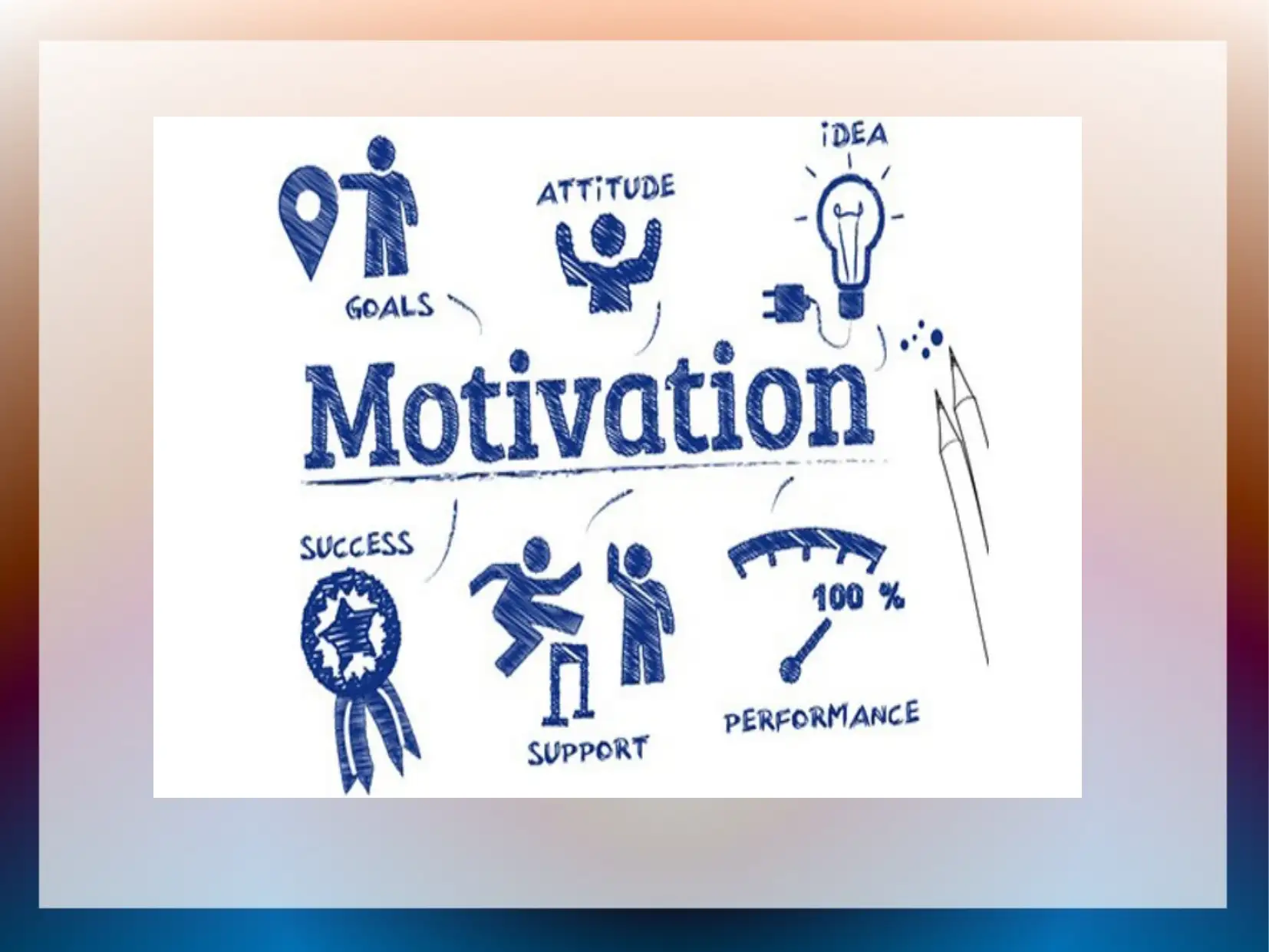
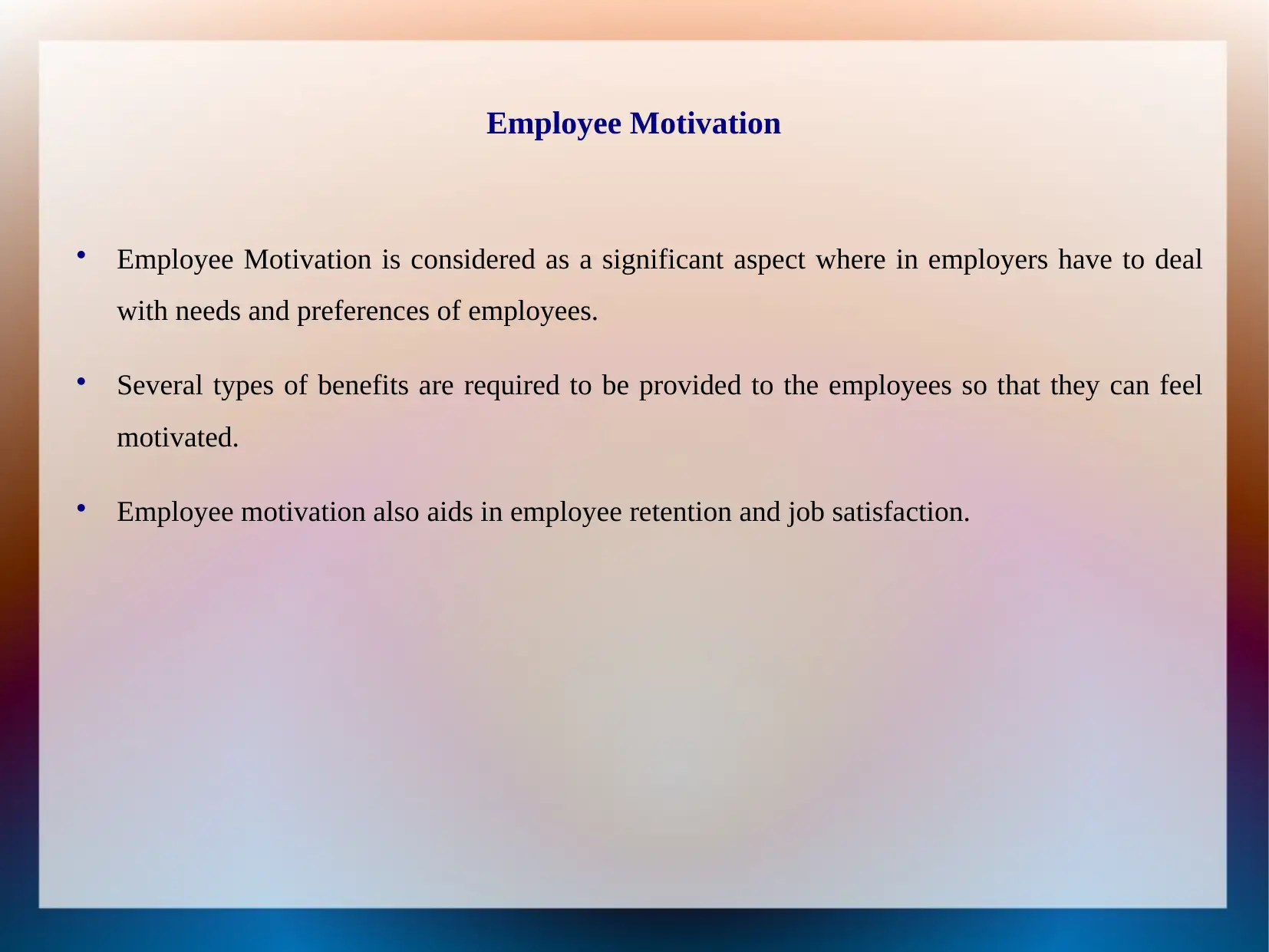

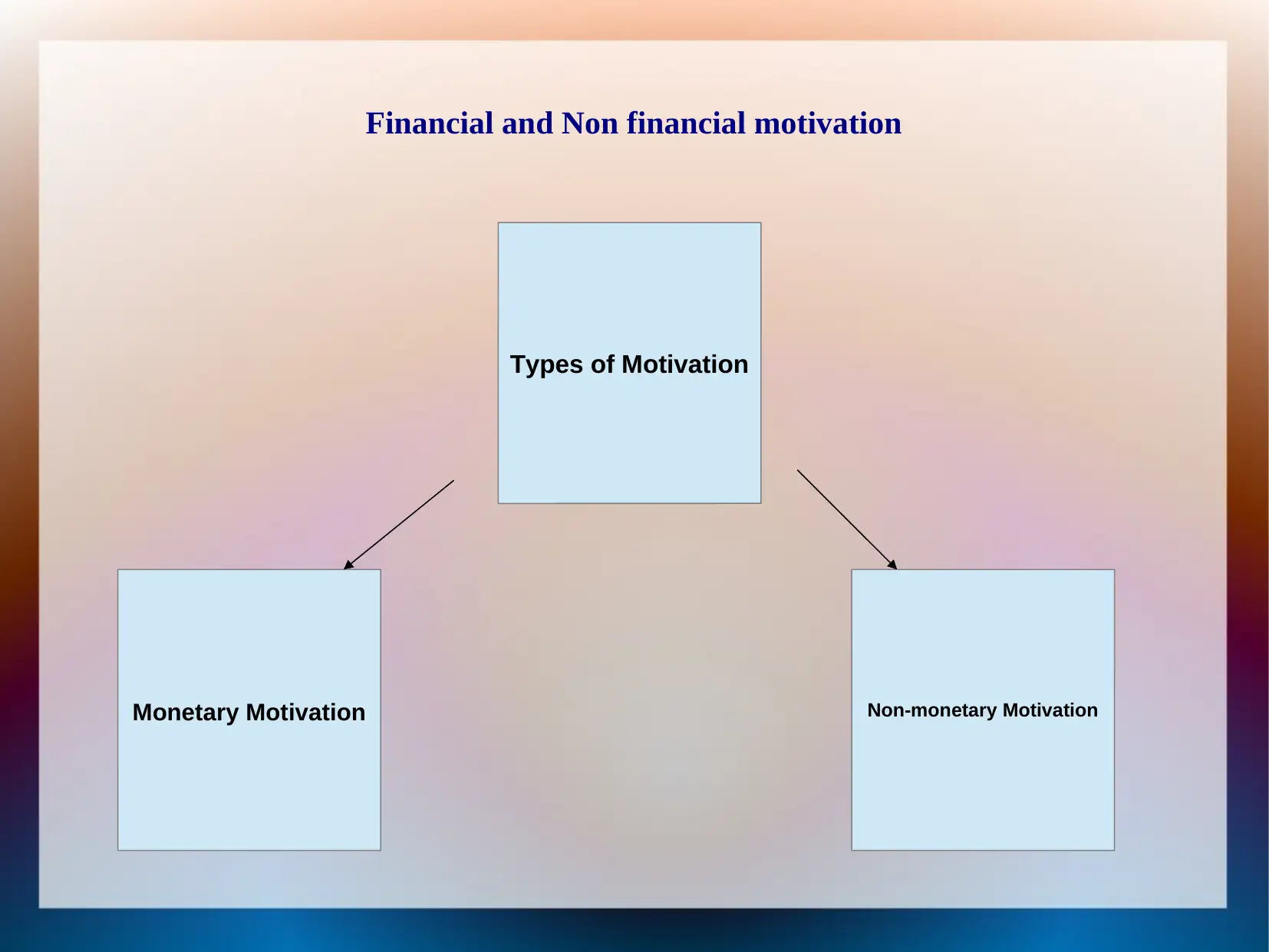
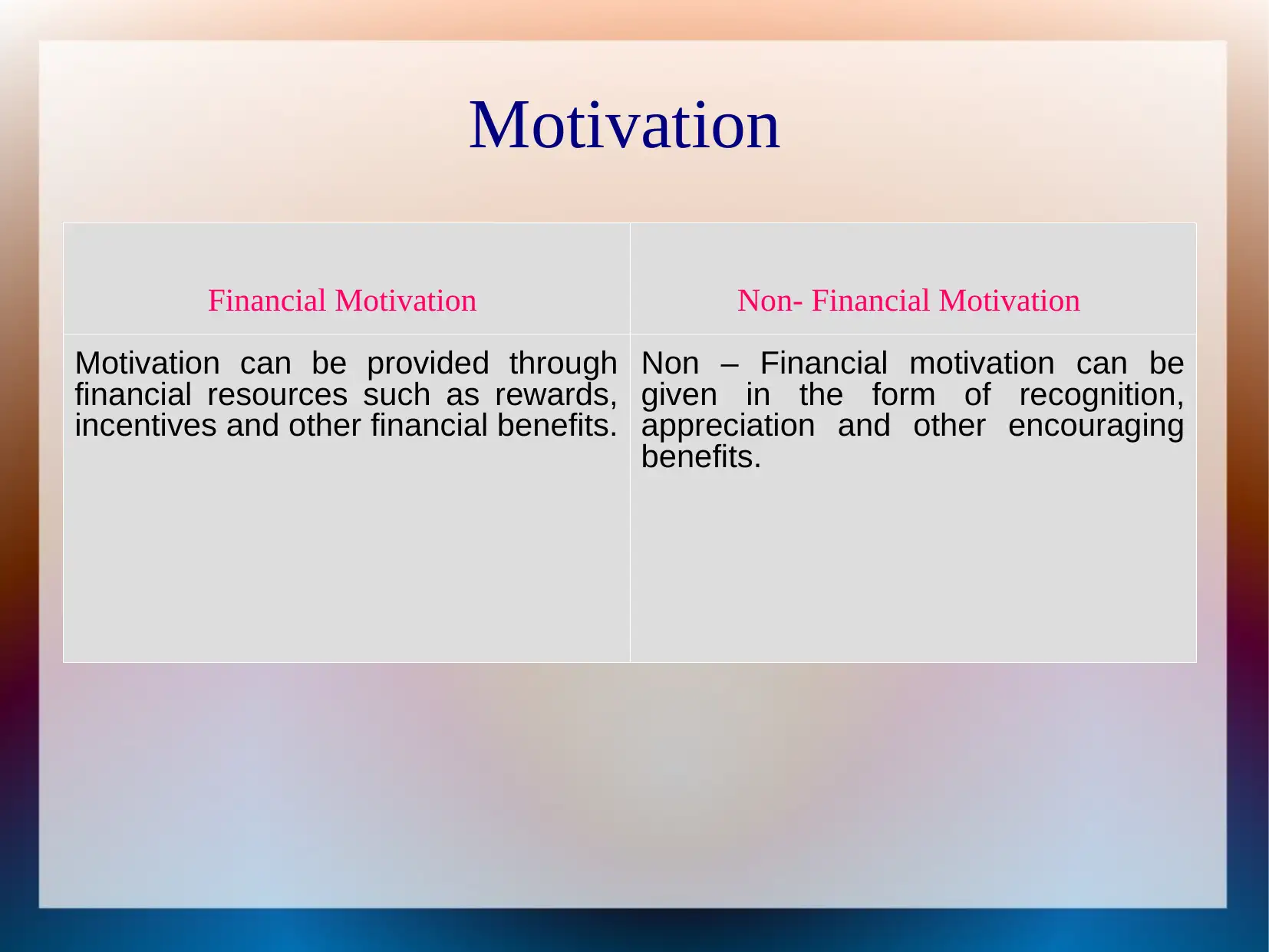
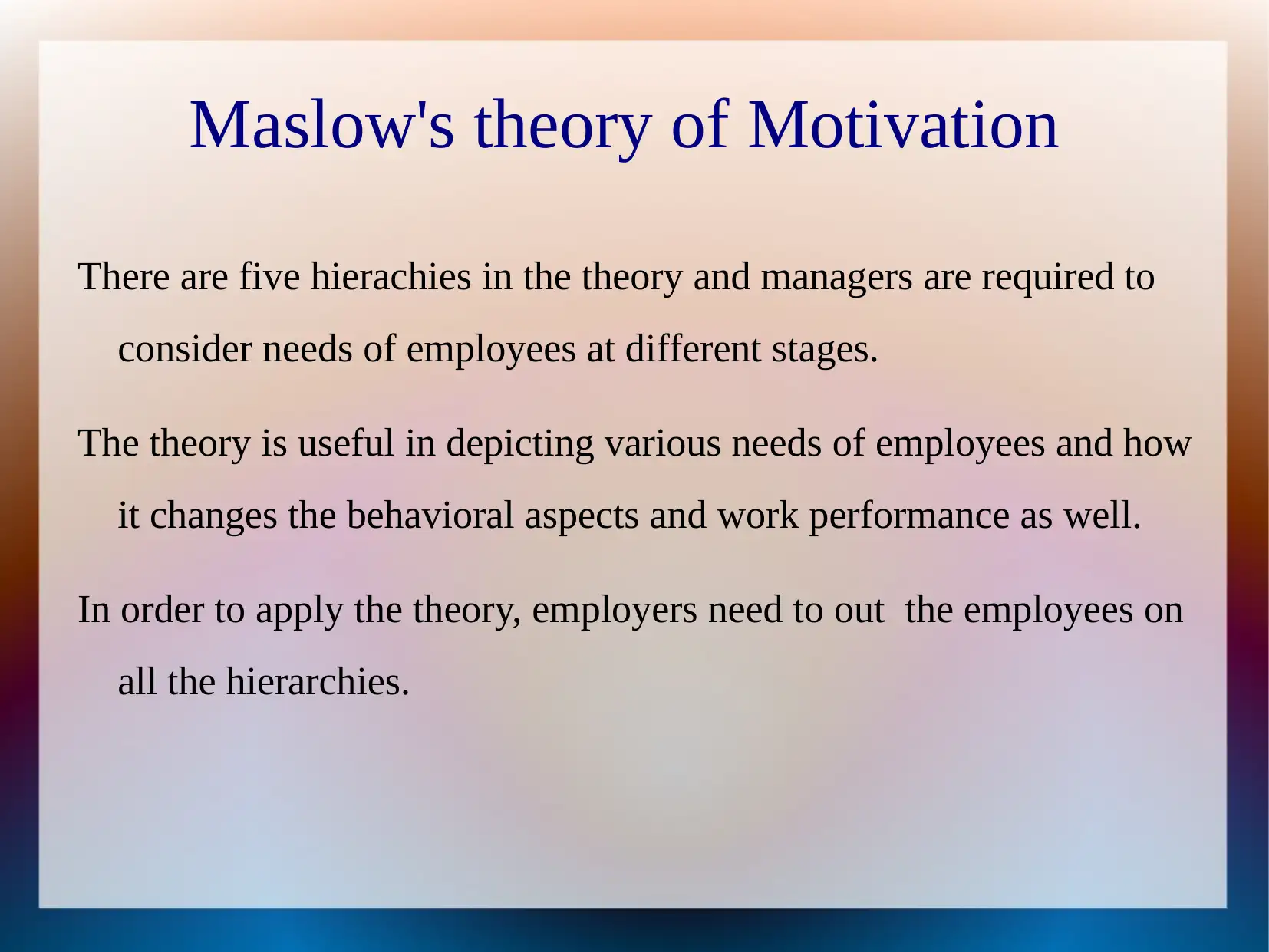
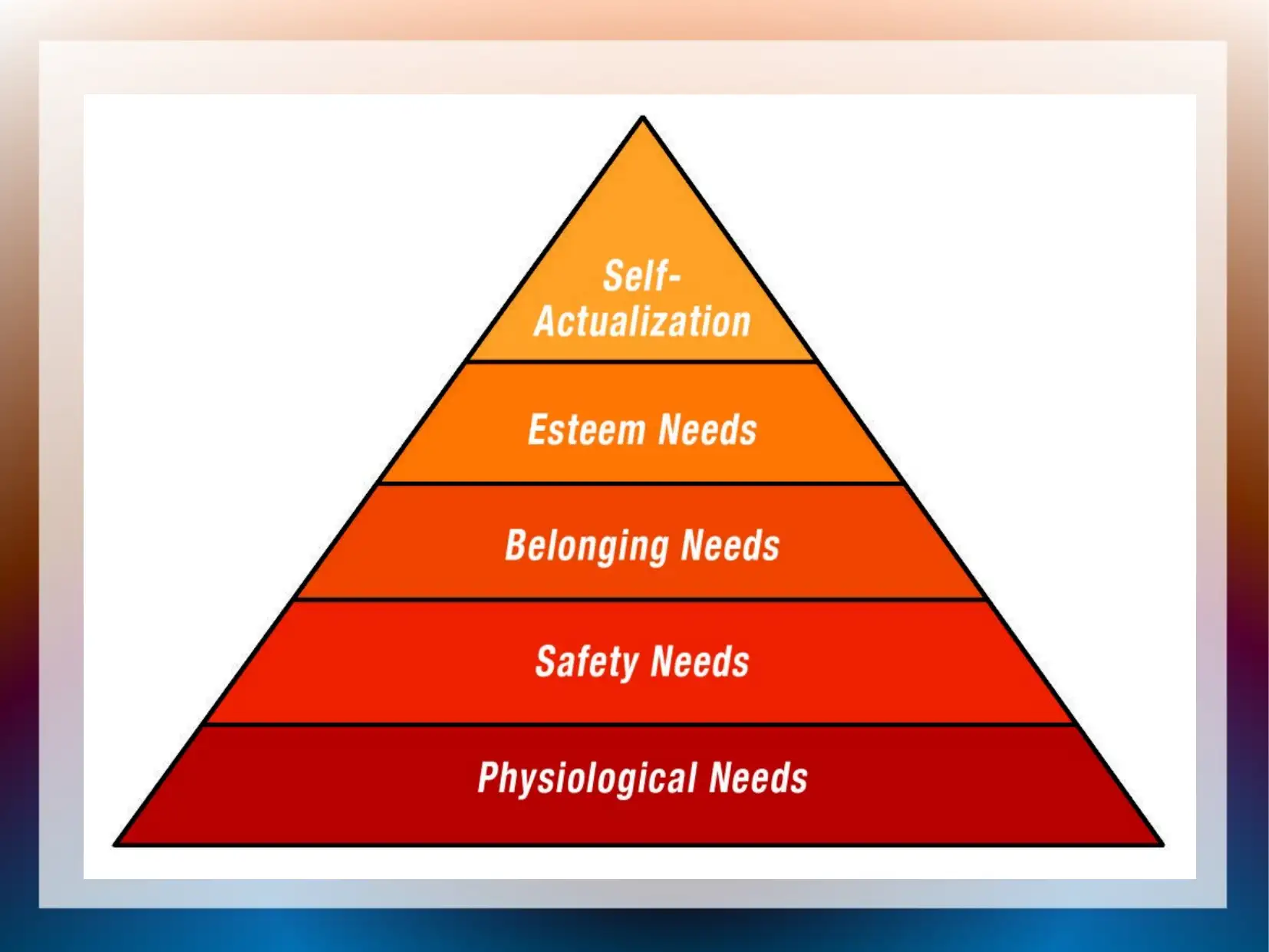
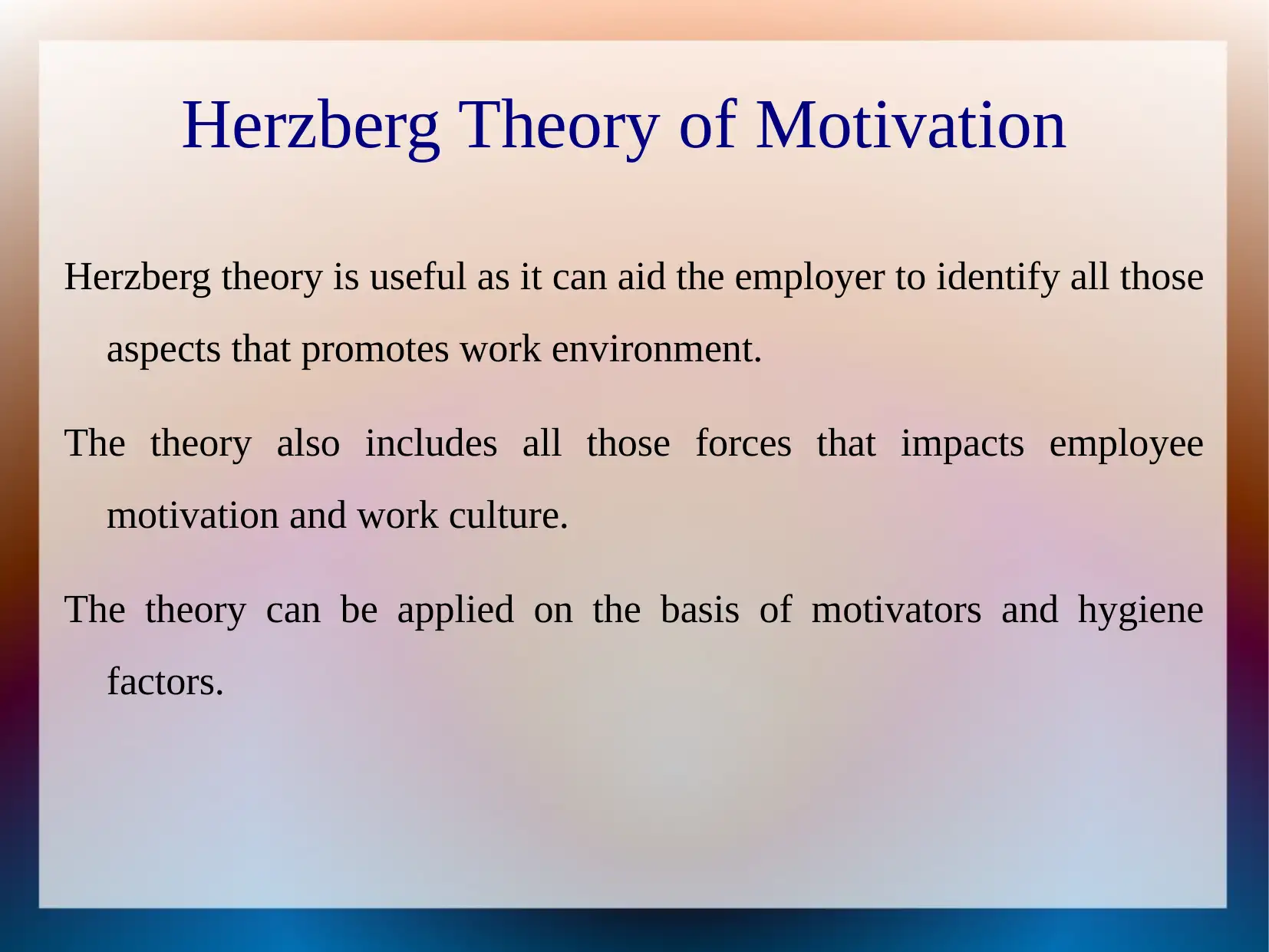
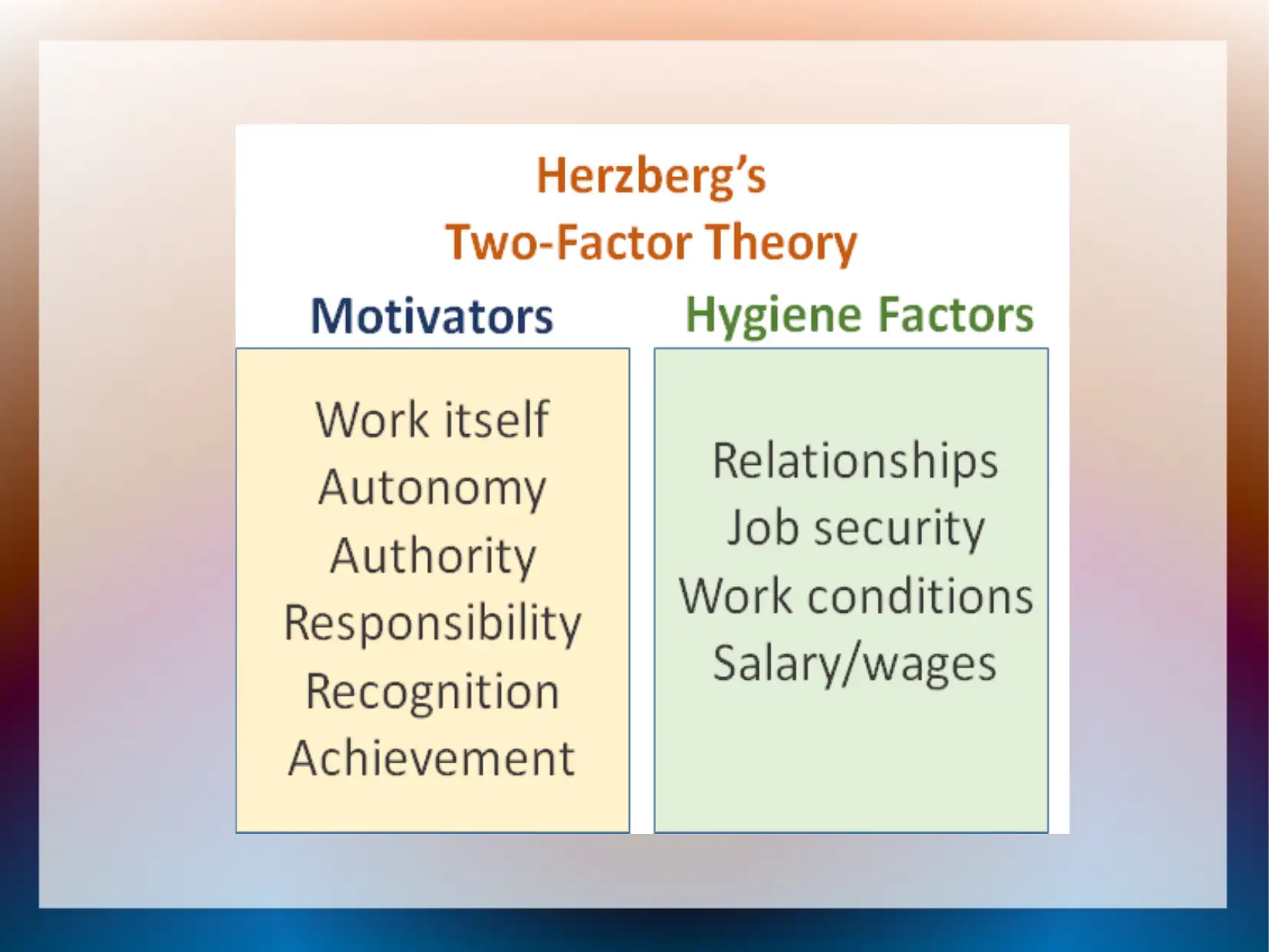
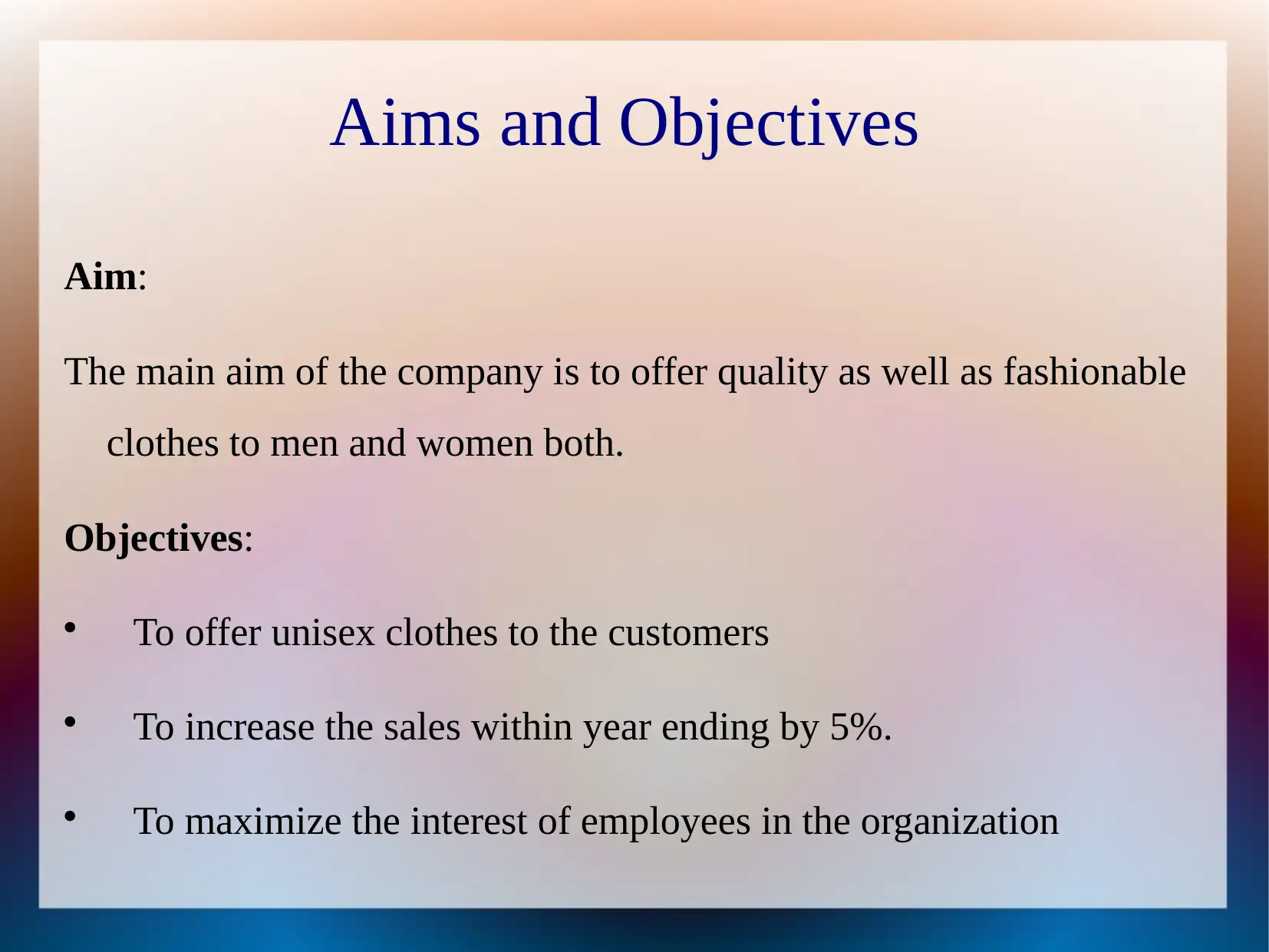
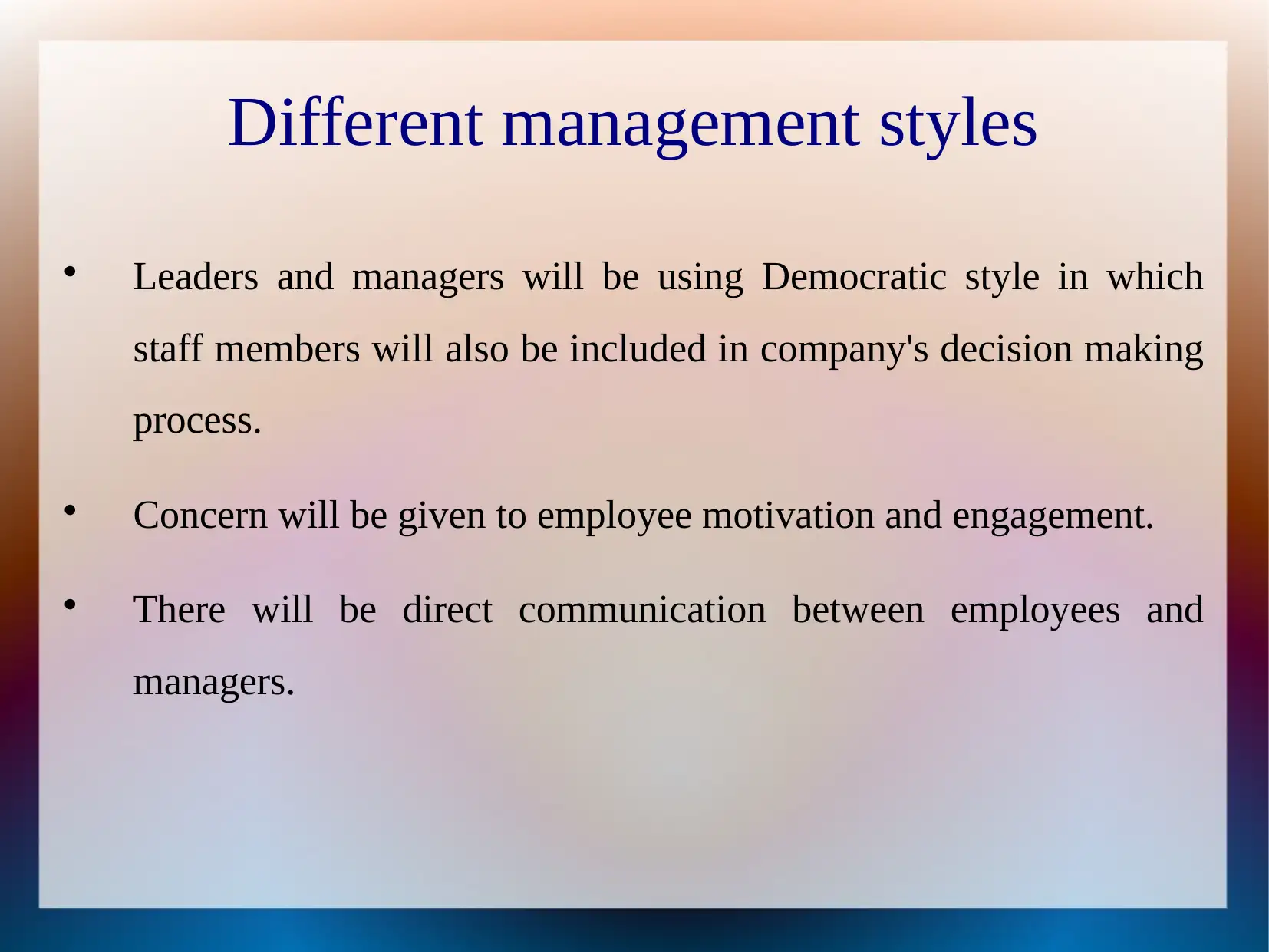
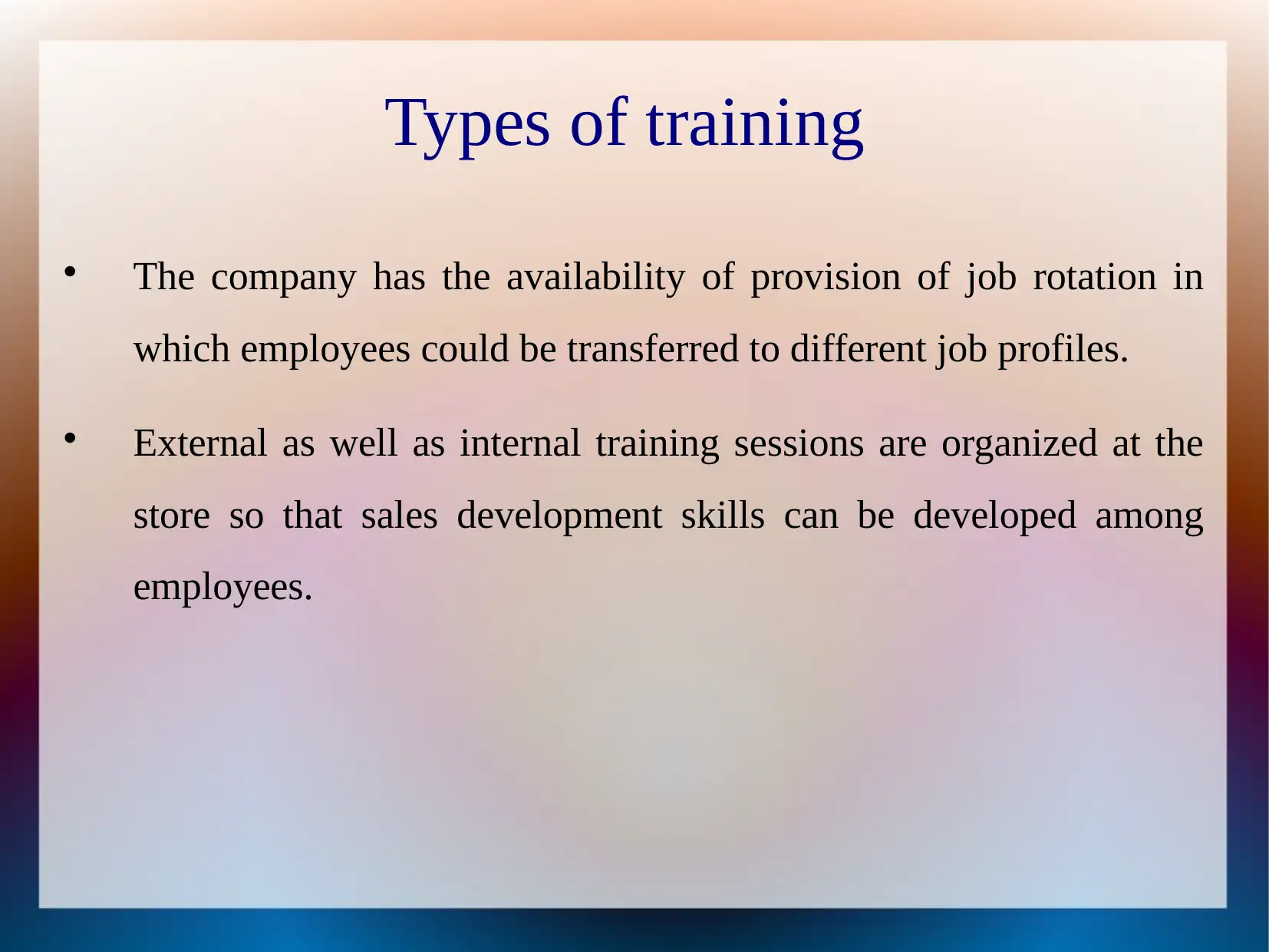






![[object Object]](/_next/static/media/star-bottom.7253800d.svg)